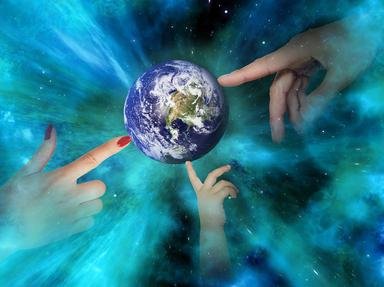Quiz Answer Key and Fun Facts
1. We are excited to begin our tour and our first stop is to visit Angkor Wat. In what country are we?
2. This next stop on our tour is absolutely amazing, the La Brea Tar Pits. Where in the world are we?
3. We have been sightseeing for four hours and decide to eat a sandwich and take a rest on the Spanish Steps. Where in the world are we?
4. We have taken a cable car to the top of Table Mountain, and what a magnificent view lies before us. Where in the world are we?
5. We cannot get too close to our next stop, as it may erupt at any time. We are looking at Krakatoa. Where in the world are we?
6. We are now on the shore of the very large Lake Baikal. Where in the world are we?
7. I hope everybody likes heights as we are vising the Space Needle. Where in the world are we?
8. We have put on our hiking boots, packed plenty of water and snacks and are touring Kakadu National Park. Where in the world are we?
9. Time to relax on a beautiful beach in the Marshall Islands before our next, and final trip. Where in the world are we?
10. For our last trip we are spending time on a large boat that is entering the mouth of the Orinoco River. Where in the world are we?
Source: Author
wenray
This quiz was reviewed by FunTrivia editor
agony before going online.
Any errors found in FunTrivia content are routinely corrected through our feedback system.
